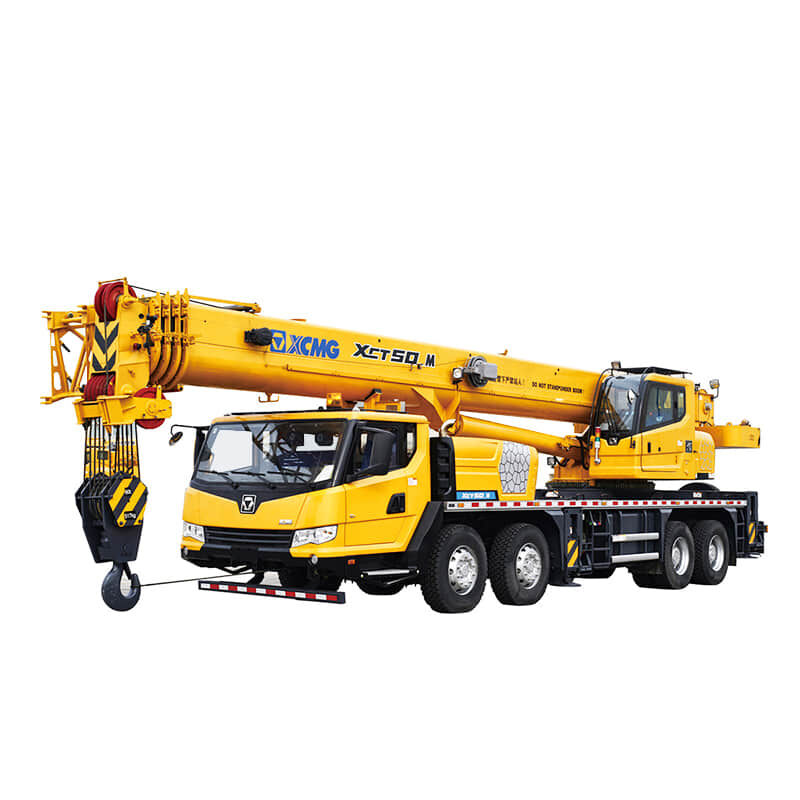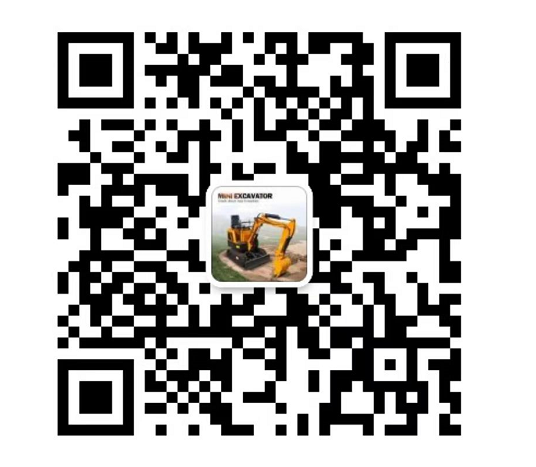I. Product Introduction
Cranes are mechanical equipment that plays a crucial role in various engineering and logistics operation scenarios. Through complex and ingenious structural designs, they can lift, move and precisely place heavy objects. Structurally, it includes core components such as booms, hoisting mechanisms, slewing mechanisms and traveling mechanisms. The boom determines the range of lifting height and amplitude. The hoisting mechanism controls the lifting and lowering actions of heavy objects. The slewing mechanism enables the boom to rotate flexibly to change directions, and the traveling mechanism ensures that the crane can move as required within a certain area. Its applications are extremely extensive. For example, in construction sites, it is used to lift building materials and install large components; at ports and docks, it undertakes the task of loading and unloading goods; and in factory workshops, it helps to transport heavy equipment, greatly improving the efficiency and accuracy of heavy object handling.
II. Product Advantages
- Perfect After-sales Service
-
- Professional Maintenance Team on Standby: We are equipped with a professional after-sales maintenance team with excellent professional qualities. The members all have years of experience in crane maintenance and are proficient in the mechanical and electrical principles of various cranes. Whenever customers encounter equipment failures, they can respond quickly and rush to the site for maintenance in a timely manner, minimizing the impact of equipment downtime on customers' production operations.
- Ample and Fast Spare Parts Supply: We have built a large and efficient spare parts supply network, stocking common parts and wearing parts for all models of cranes. Once customers need to replace parts, they can be delivered quickly through convenient logistics channels to ensure that the equipment can return to normal operation as soon as possible.
- Thoughtful Remote Technical Support Service: We also provide remote technical support services. Through telephone, online video and other means, we can answer customers' questions during the operation and use process in real time, assist them in troubleshooting some simple failures, and provide strong technical support for customers even if we are not on the site.
- Good Durability
-
- High-Quality Steel for Solid Structure: High-quality steel is selected to manufacture the main structure of the crane. These steels have high strength, good toughness and excellent fatigue resistance, enabling the overall structure of the crane to withstand long-term and repeated heavy object lifting operations without being prone to deformation, cracking and other situations, ensuring the stable operation of the equipment for a long time.
- Advanced Anti-corrosion Process to Extend Service Life: Advanced anti-corrosion treatment processes are used to comprehensively protect the surfaces of the metal parts of the crane. Whether it is exposed to wind, sun, rain outdoors or used in industrial sites with corrosive environments, it can effectively resist corrosion and slow down the aging speed of parts, thus extending the service life of the crane.
- Strict Quality Control to Ensure Quality: From the procurement of raw materials to the completion of the assembly of finished products, strict quality inspection checkpoints are set up in every link. The dimensional accuracy, performance indicators and other aspects of parts are carefully inspected. Only products that fully meet the quality standards can enter the next process, ensuring that each crane delivered to customers has excellent durability quality.
- High Safety
-
- Equipped with Multiple Safety Protection Devices: Cranes are equipped with a wealth of safety protection devices. For example, the overload limiter can monitor the lifting weight in real time. Once it exceeds the rated value, it will immediately stop the lifting action and give an alarm prompt. There is also the hoisting height limiter, which accurately controls the hoisting height to prevent the boom from overextending and causing danger. In addition, there are windproof devices. When working outdoors and encountering windy weather, they ensure the stability of the crane and avoid it being blown down and causing safety accidents.
- Strict Training on Safety Operation Procedures: We provide comprehensive and in-depth training on safety operation procedures for every operator of the crane. The content covers the key points of inspection before starting the equipment, the operation norms during the lifting process, and the response measures for emergency situations. Through a combination of theoretical assessment and practical operation assessment, we ensure that operators truly master the safety operation skills and operate in strict accordance with the norms.
- Guaranteed by Regular Safety Inspection System: A complete regular safety inspection system has been established. Professional security inspectors conduct comprehensive and detailed inspections on the mechanical parts, electrical systems, safety devices, etc. of the crane according to the established inspection items and standards, timely discover and eliminate potential safety hazards, and ensure that the crane is always in a safe and reliable running state.
III. Product Operation Guide
- Pre-operation Preparation: Before starting the crane, the operator must conduct a comprehensive inspection of the equipment. Focus on checking whether the bolts at each connection part are tightened, whether there are broken wires or wear on the wire rope, and whether each safety device is in normal working condition, such as whether the overload limiter and limiters can respond normally. At the same time, it is also necessary to check the surrounding working environment, remove obstacles, and ensure that the operating space of the crane is free from interference.
- Key Points in the Lifting Process: When operating the crane to lift heavy objects, start the hoisting mechanism slowly and smoothly, and reasonably control the lifting speed according to the weight and characteristics of the heavy object to avoid sudden starting and stopping that may cause the heavy object to shake or the hook to come off. During the process of moving the heavy object, operate the slewing mechanism and the traveling mechanism carefully, maintain the coordination of actions, ensure that the heavy object is accurately lifted and transported to the designated position along the predetermined route, and always pay attention to the instrument parameters and the prompt information of the safety devices.
- Maintenance Items after Operation: After completing the lifting task, park the crane in the designated position, turn off the power, and clean the equipment, removing dust, debris and other things on the surface. Check the condition of each component again to see if there is abnormal heating, loosening, etc., and do a good job in lubricating and maintaining key components such as the wire rope to make full preparations for the next use.
IV. Frequently Asked Questions
Q: What safety inspections need to be done before operating a crane?
A: Before operation, multiple aspects of safety inspections should be carried out on the crane. First, check whether the connection parts are firm, such as whether the bolts are loose. Second, check the state of the wire rope to see if there are broken wires or serious wear. Third, confirm whether each safety device such as the overload limiter, the hoisting height limiter, and the travel limiter is working normally and can respond accurately. Fourth, check whether there are hidden dangers such as electric leakage and short circuit in the electrical system. At the same time, it is also necessary to check whether there are obstacles in the surrounding working environment to ensure that the operating and lifting space of the crane is safe and free from interference.
Q: What should be done if a sudden strong wind is encountered during the lifting process of a crane?
A: If a sudden strong wind is encountered during the lifting process, first of all, the operator should not panic and immediately stop the lifting operation. Place the heavy object in a safe area smoothly (if conditions permit). At the same time, rely on the windproof devices equipped with the crane, such as rail clamps, anchoring devices (if it is a rail-mounted crane), to ensure the stability of the crane itself and avoid being blown by the strong wind and causing danger. And promptly notify the relevant person in charge on the site to jointly evaluate and handle the subsequent situation.
Q: How to ensure the safety of crane operators?
A: To ensure the safety of operators, on the one hand, it is strictly required that operators receive professional training, obtain corresponding operation qualification certificates, be familiar with the safety operation procedures of the crane, and master the response methods for various emergency situations. On the other hand, it is necessary to equip operators with necessary personal safety protective equipment, such as safety helmets and safety belts. Meanwhile, obvious safety warning signs should be set up at the crane operation site to remind unrelated people to stay away from the operation area and avoid safety accidents caused by others accidentally entering and endangering the safety of operators.
Q: How often do the safety devices of a crane need to be inspected?
A: The safety devices of a crane need to be inspected regularly and strictly. Generally speaking, for key safety devices such as overload limiters and limiters, it is recommended to conduct a simple functional inspection before daily operations to ensure that they can work normally. For a comprehensive and in-depth inspection, it should be carried out at least once a month. Professional maintenance personnel will conduct detailed inspections on the performance and precision of the safety devices according to relevant standards and norms. Any problems found should be repaired or replaced in a timely manner to ensure that they are always in a reliable safety protection state.







